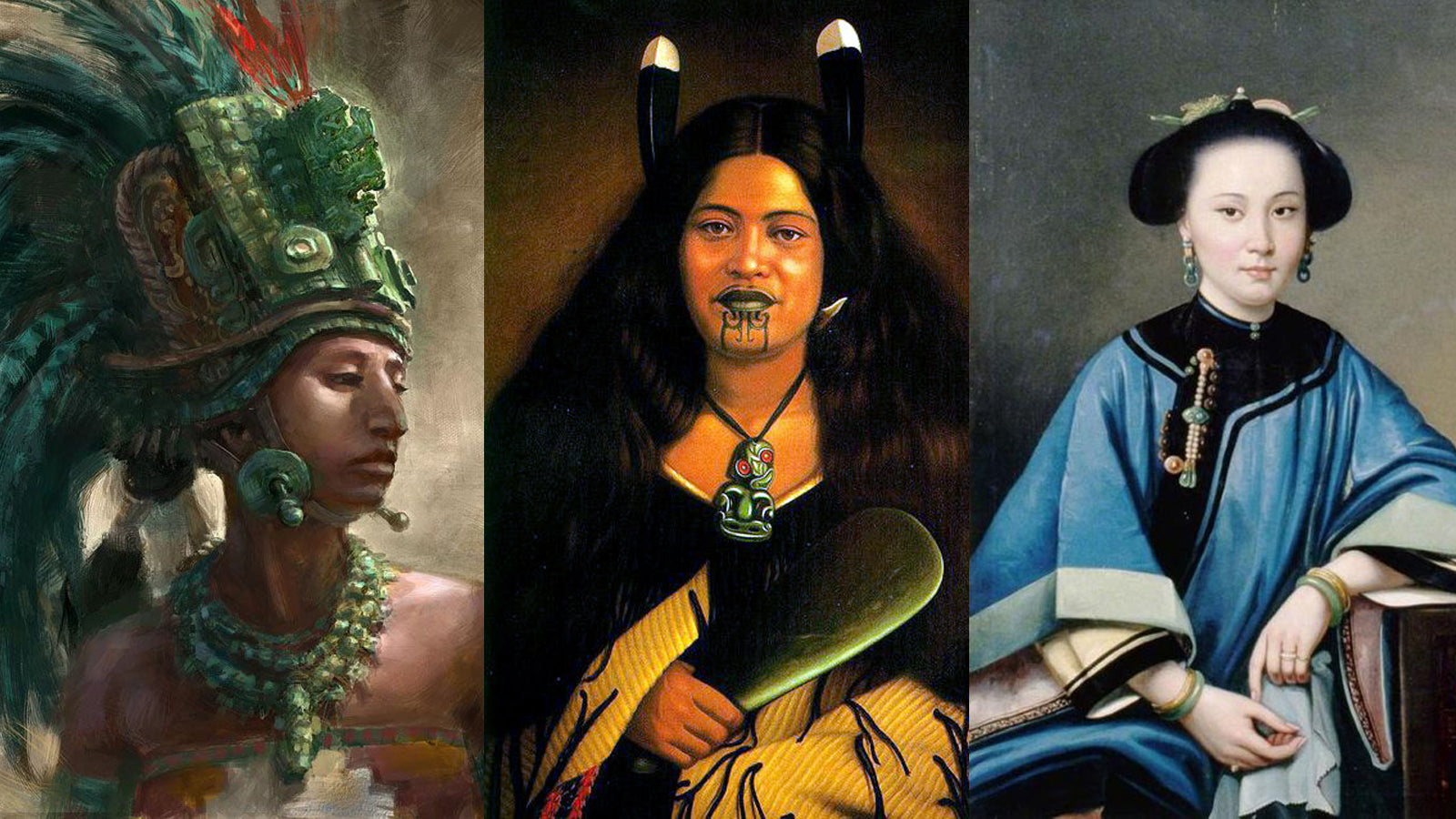Your Cart is Empty
免費包郵 | 2年保養 | 支援多國貨幣結算
免費包郵 | 2年保養 | 支援多國貨幣結算
Shop
翡翠知識
Visit Us

History of Jade – In Mesoamerica
9月 02, 2018 2 min read
The ancient relationship between this gemstone and humanity persisted into modern times among native societies in New Zealand and parts of North America. In China it evolved into an artistic tradition that has flourished for more than 3,000 years.
In Central America, the Mesoamerican groups, namely the Olmecs, Mayans and Aztecs prized jadeite jade. They used it for medicinal purposes as well as for jewelry, ornaments, and religious artifacts. The name jade comes from the Spanish expression piedra de ijada—literally “stone of the pain in the side.” Early Spanish explorers named it after they saw natives holding pieces of the stone to their sides to cure or relieve various aches and pains. Jadeite also symbolizes prosperity, success, and good luck.
Amongst the different groups of Mesoamericans, they each favoured different colors of jade to their own taste. The Olmecs of the Gulf Coast liked bluish Jadeite more, which is known as “Olmec Blue” while the Mayans preferred intense green tone stones, known as “Imperial Green”.
Several hundred years later, at the time of the Spaniards’ arrival in the Aztec capital of Tenochtitlan in the sixteenth century, jade was the most valued of substances. Reserved for the adornment of gods and royalty, and only then on specified occasions, jade was considered a symbol of life and purity.
The images below are jade stone sculptures produced by the Olmec peoples of southern Mexico dated between 900-400 BC.

Now that you have learnt of the history of jade in Mesoamerica, would you like to know where jade deposits around the world are located? Click here to learn more.
And if you're ready to see some jade jewelry, start with our Terra | 方 collection, click here to go there now.
訂閱我們
接收最新資訊和優惠活動



